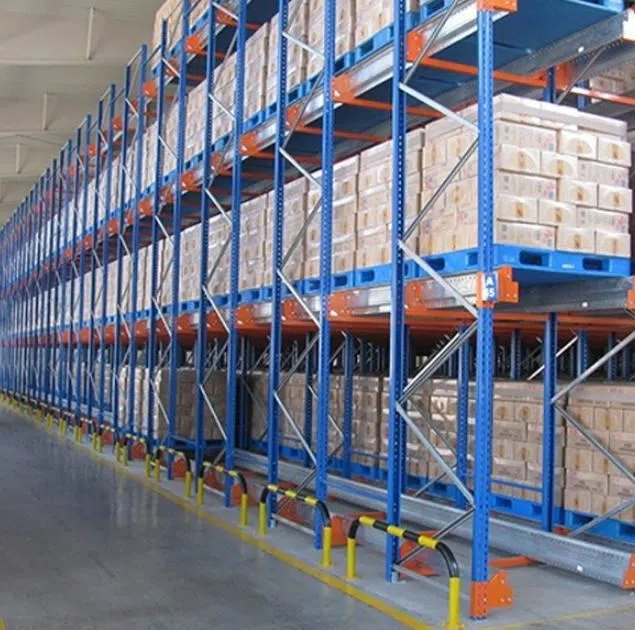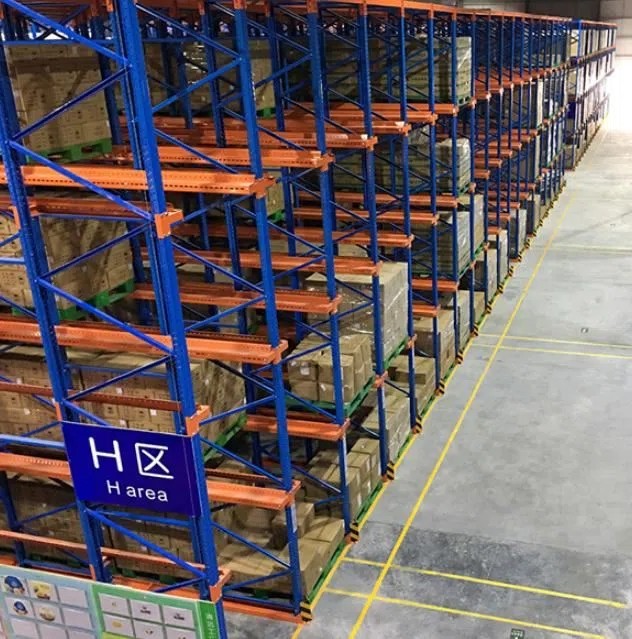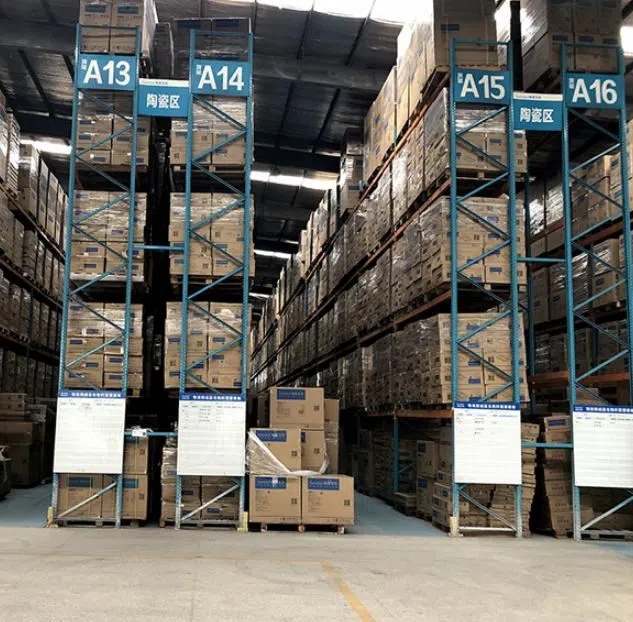 May 23, 2022
May 23, 2022
How to Design The Cold Storage Racking
 May 23, 2022
May 23, 2022
 Return
Return
The heavy shelf of food cold storage is a supply chain system with the purpose of ensuring the quality of perishable food and maintaining a low temperature environment as its core requirement. Therefore, it has higher requirements and more complexity than ordinary normal temperature logistics systems, and the construction investment is also much larger. Let's take a look at its design points and precautions.

1. The basic process of cold storage operation: understanding and knowing the functions that customers want to achieve when using cold storage is very important for the design, arrangement and selection of heavy-duty shelves in cold storage. Among the customers who use cold storage, there are a variety of business operation procedures because of the different actual use of each household. Several common situations are now counted as follows:
A. Inbound and outbound process;
B. Frozen business process;
C. Replenishment process;
D. Inventory process;
E. Profit and loss business;
F. Relocation business process;
G. The business process of cargo rights transfer;
H. Re-stocking business process, etc.

2. Basic information: familiar with the basic parameters of the customer's warehouse and goods, it is more conducive to our more reasonable selection of the types of heavy-duty shelves in the cold storage, and it is also convenient for customers to achieve the desired functions more quickly and conveniently.
A. The size of the pallet plus the goods: length (W) * width (D) * height (H)-determine the basic storage size of the shelf;
B. The maximum weight and average weight of a single pallet cargo-determine the carrying size of the shelf location;
C. The basic situation of the warehouse building: the size of each floor, the size of the hallway, the number of entrances and exits, etc.-determine the channel direction of the shelves and the number of channels to choose;
D. The temperature control range of the warehouse all the year round—determine the selection of steel for manufacturing shelves;
E. Available height of a single storey of the warehouse-determine the height of the shelf to store goods and the number of layers of goods on the shelf;
F. How much tonnage does the customer require for the storage capacity — determine the type of shelf for storing goods;

G. Forklift model-determine the size of the warehouse shelf channel and the storage height of the goods on the shelf;
H. The frequency of daily incoming and outgoing shipments—determine the number of warehouse shelves;
I. The storage method and function of the warehouse-determine the type of warehouse shelf;
J. Warehouse zoning requirements-determine the selection and allocation of warehouse functional areas;
K. Types of stored goods-determine the type of warehouse shelves and the way of picking;
L. The refrigeration method of the cold storage-determine the type of storage shelf.






